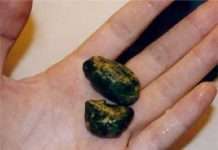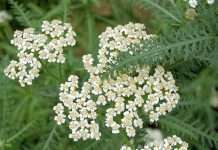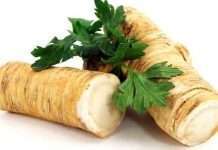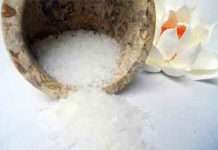Canned fish are experiencing a surge in popularity, and among the frontrunners are sardines and anchovies. While they share similarities, these two small fish offer distinct flavors, textures, and nutritional profiles. This article explores the differences between sardines and anchovies, drawing insights from industry experts and nutritionists, to help you navigate choosing and enjoying these nutrient-rich options.
Understanding the Basics: Similarities and Differences
Both anchovies and sardines thrive in schools of fish, navigating temperate to warm waters. As filter feeders, they consume plankton and nutrients by moving with their mouths open. A key distinction lies in their size : sardines typically range from 6-12 inches, while anchovies are smaller, measuring 4-10 inches. Additionally, sardines tend to have a lighter silver hue, while anchovies often sport darker scales with hints of blue or green.
Nutritionally, sardines and anchovies are comparable, although sardines generally offer slightly more protein, fat, and calories. Both boast a mild fishy flavor when fresh, but the canning process drastically alters their characteristics. Sardines undergo a light cooking before canning, while anchovies are cured in salt for months, resulting in their distinctive brown color and salty bite.
Deeper Dive: Nutritional Breakdown and Processing
Here’s a side-by-side comparison based on USDA data for one can of whole sardines versus one can of anchovies:
- Anchovy (1 can): 95 calories, 13 grams protein, 4 grams fat, 1650 milligrams sodium, 0.396 micrograms Vitamin B-12.
- Sardines (1 can): 191 calories, 23 grams protein, 11 grams fat, 282 milligrams sodium, 8 micrograms Vitamin B-12.
The significant difference in sodium content is due to the curing process for anchovies.
Buying Guide: Selecting the Best Options
- Anchovies: Commonly sourced from Morocco, Peru, and Italy, anchovies can be found salt-cured (traditional) or preserved in a vinegar mixture (white anchovies). Look for options packed in extra-virgin olive oil for enhanced antioxidant benefits. Individuals watching their sodium intake should opt for lower-sodium white anchovies.
- Shop Anchovies:
- Patagonia Provisions Roasted Garlic Spanish White Anchovies – $8
- Ortiz Anchovy Fillets in Oil – $14
- Cento Flat Anchovies in Olive Oil – $9
- Shop Anchovies:
- Sardines: Species like Sardina pilchardus (Mediterranean), Spratis Spratis (Baltic), and Sardinops melanostictus (Japan) are popular choices. They often have heads removed but retain their skin and bones. Available in whole, boneless, and skinless varieties, packaged in oil or water.
- Shop Sardines:
- Sea Tales Pilchard Sardines in Spicy Tomato Sauce – $4
- Matiz Sardines in Olive Oil – $3
- Wild Planet Wild Sardines in Spring Water – $3
- Shop Sardines:
How to Enjoy: Cooking and Serving Suggestions
- Anchovies: Versatile in both traditional and modern cuisine. White anchovies can often replace sardines in recipes requiring a milder flavor.
- Sardines: Best enjoyed at room temperature or added towards the end of cooking to prevent drying.
- Chef-Inspired Ideas:
- van Olphen: Leek tarts, bean purées
- Carvalho: Nori-wrapped “finger sushi” with wasabi or tamari, healthier sardine Reubens.
- Cording: Avocado-based salad with acidic dressing.
- Chef-Inspired Ideas:
Sustainability: A Responsible Choice
Both sardines and anchovies are considered sustainable options. Their smaller size and efficient harvesting methods place less pressure on marine ecosystems compared to larger fish species.
Frequently Asked Questions
- Can I replace anchovies with sardines? White anchovies can substitute for sardines, but salt-cured anchovies are too salty and have a distinct flavor.
- How do I cook sardines? Add them towards the end of cooking to prevent drying out.
- Are there different species of sardines? Yes, various species from different regions can be labeled as sardines.
The Takeaway
Sardines and anchovies are both nutrient-dense, sustainable, and delicious additions to a healthy diet. While sardines provide slightly more protein, calories, and vitamin B12, and anchovies are higher in sodium due to their curing process, both offer unique benefits and deserve a place on your plate. Consider alternating your fish intake to maximize the nutritional advantages of these remarkable small fish.

























































